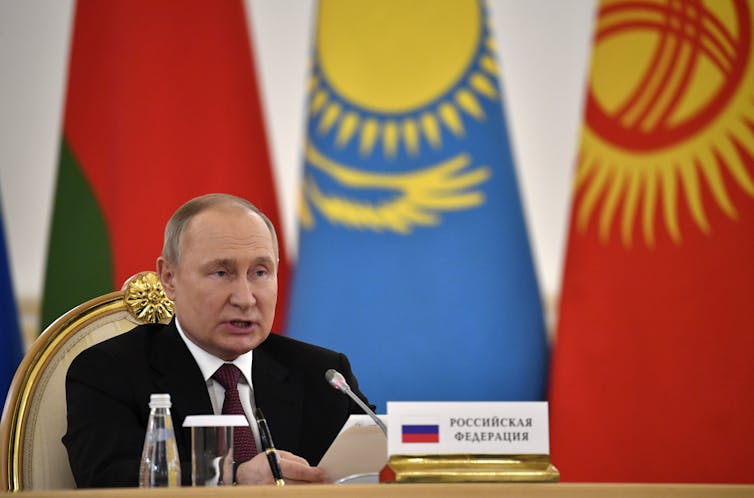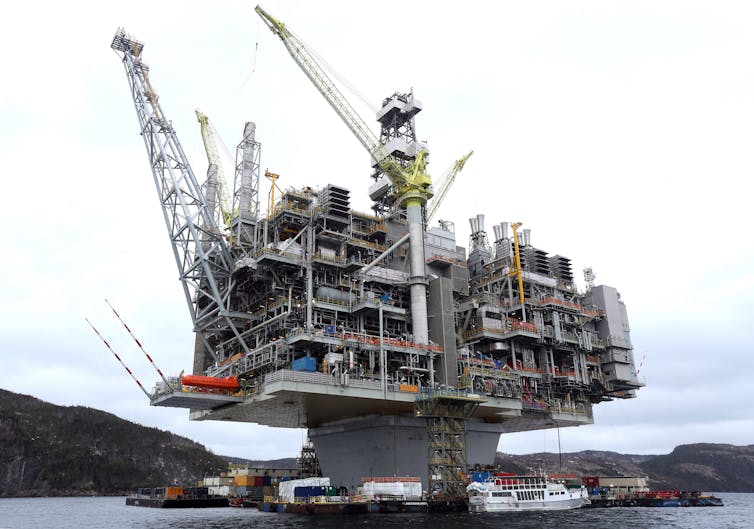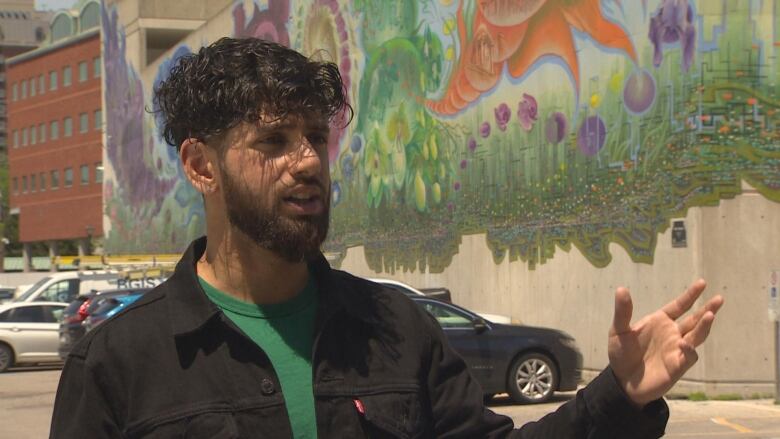City staff rolled out Calgary's proposed new climate strategy Tuesday — a plan that will cost taxpayers billions if implemented.
Jade Markus - CBC

© Alan Dyer/AmazingSky.com
Council has already committed to the city reaching net-zero emissions by 2050. In November 2021, it joined the ranks of Canadian cities that have declared a climate emergency.
City administration laid out its plan to hit net zero within the next 28 years — something they say will require an investment of about $87 billion by 2050, or $3.1 billion annually.
"We know what the impact of climate change will be for Calgary, and we know what we have to do to protect Calgarians from the risks of a changing climate," said the city's general manager of planning and development Stuart Dalgleish.
"At the same time, we understand and are sensitive to the challenges Albertans will face as we transition towards a low carbon and climate resilient future. There are significant hurdles that need to be overcome," he said.
The report says the cost of climate impacts grows yearly, and could balloon to as much as $8 billion annually by the 2080s, impacting all Calgarians but especially vulnerable populations.
The plan would introduce building retrofits, renewable energy and zero emissions mobility, as well as dozens of other actions to reduce emissions.
Coun. Kourtney Penner, chair of the city's community development committee, says there is an acknowledgement climate change can no longer be ignored.
"While there is a cost to it, to the implementation of the strategies that will move us towards net zero, that is a cost that we cannot avoid and that we all have a part to play in that future," she said.
"What I look at is what are the costs that we can't measure, the savings that we talk about from an environmental lens, what is the price of clean water? What is the price of clean air?"
The report says the consequences of climate change are widespread, costly, and hazardous, impacting the economy, environment and people's health.
Left unchecked, the impacts of climate change will stretch government and municipal resources, exacerbate inequity, disrupt business operations and damage our environment, the report says.
More than two dozen presenters spoke in support of the strategy during a public hearing held by the committee on Tuesday.
The strategy will go to city council for discussion on June 7.















